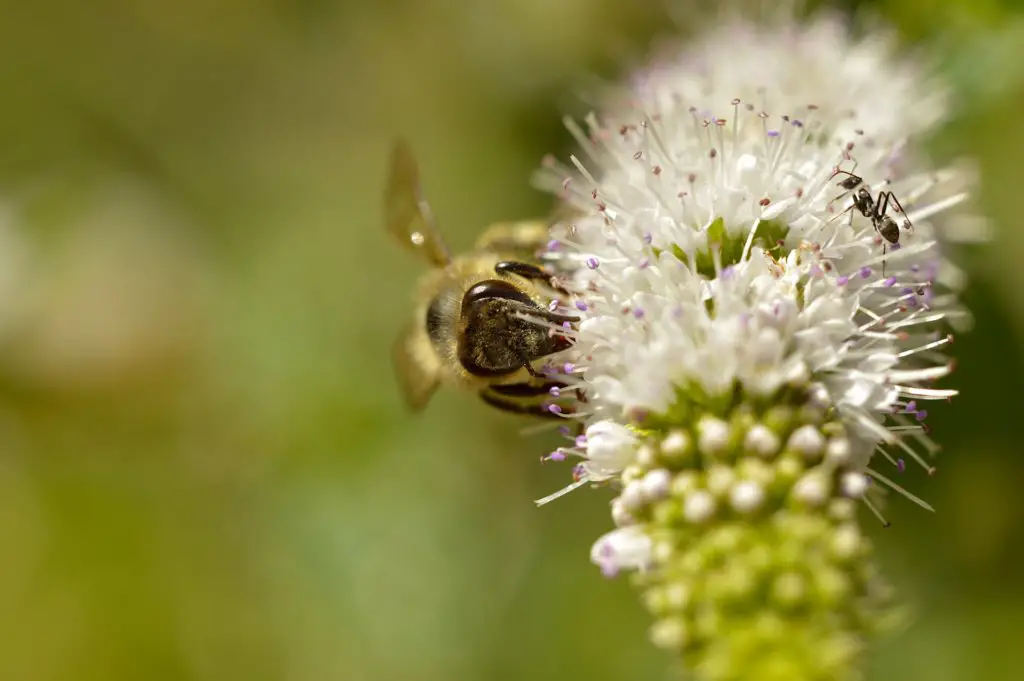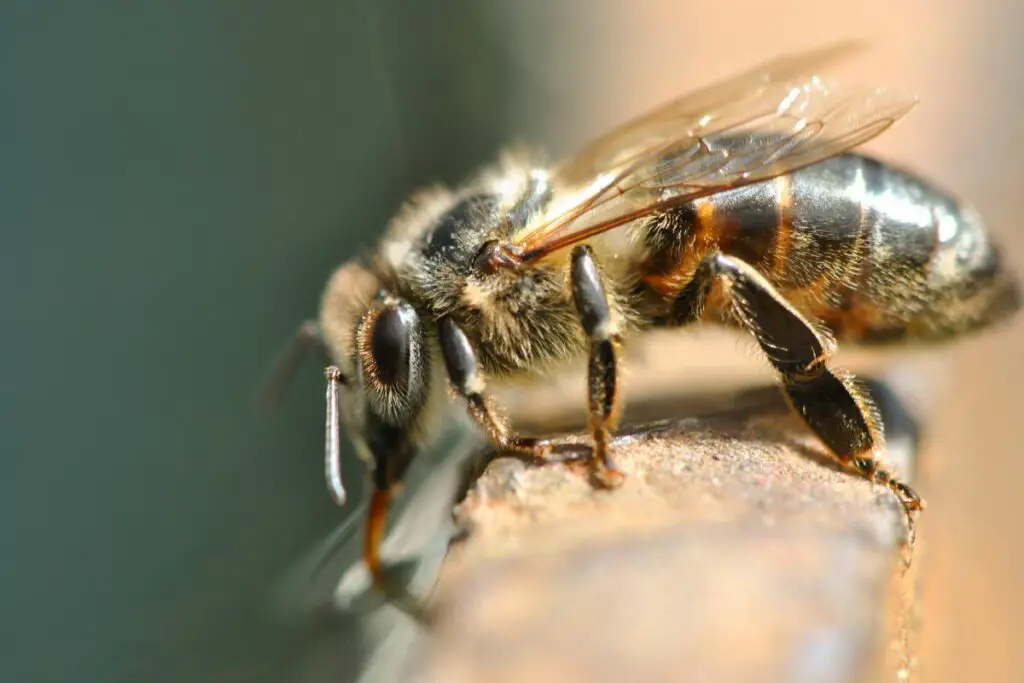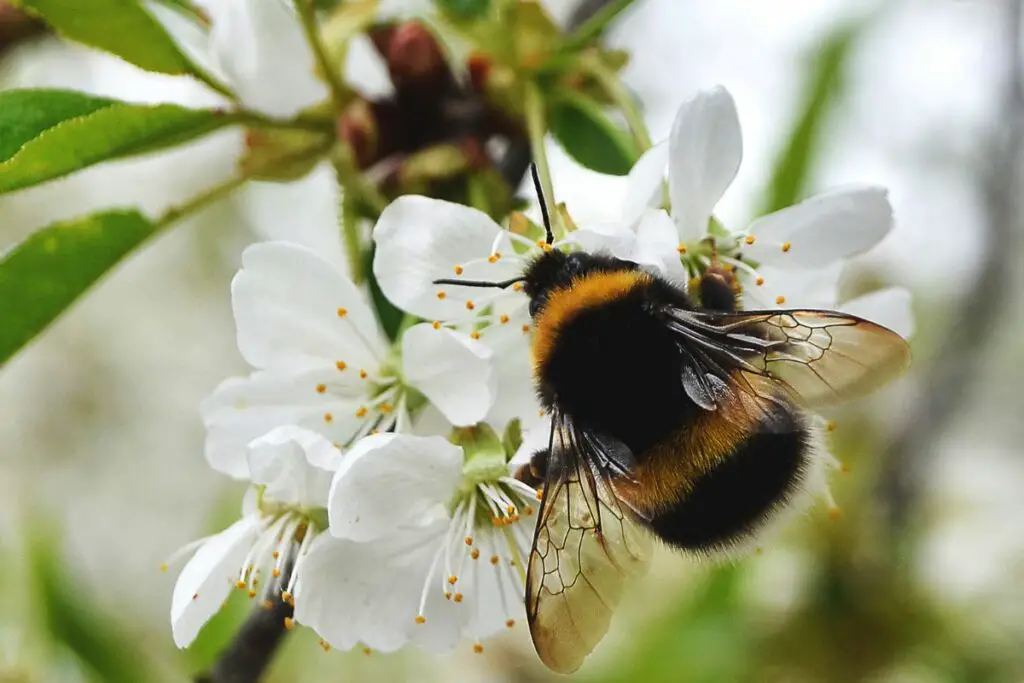Last updated on September 1st, 2023 at 11:05 am
No, most bees have a plant-based diet rich in pollen and nectar. Some species of stingless bees have been observed feeding on the flesh of dead animals, but their diet does not extend to living insects like ants.
The opposite is true of ants, with honey, honeycomb, and even protein-rich young larvae on the menu for ants that gain access to the nest or hive.
Any deceased bees will also be on the menu, being split apart and carried back to the nest for food at a later stage.
*Additional reading – Find out exactly what bees eat in our detailed guide.
Despite not being part of bees’ diets, ants and bees have been known to clash due to their close proximity in most habitats.
Bees vs ants
The video below depicts an invasion of green ants on a hive of honeybees.
While bees will not eat ants, they can defend themselves against any aggression from these smaller insects.
Bee stings are much more effective against other insects than mammals and pose a formidable threat to even the largest ants.
Insects do not benefit from elastic skin like we do, so bees can successfully remove the barb from the sting location and continue to sting new targets.
This means an individual bee can kill tens, if not hundreds, of ants in a single encounter.
Both ants and bees are highly social, which allows them to quickly and easily communicate things like potential resources and threats.
This social organization means that it’s very rare that a single ant or bee will be involved in a confrontation.
Either insect can raise a form of chemical alarm to warm close colony members they are under attack and effectively call for reinforcements.
Guard bees have even been observed moving from side to side across ant trails in what is believed to be an attempt to disrupt the chemical trail and confuse any ants following it.
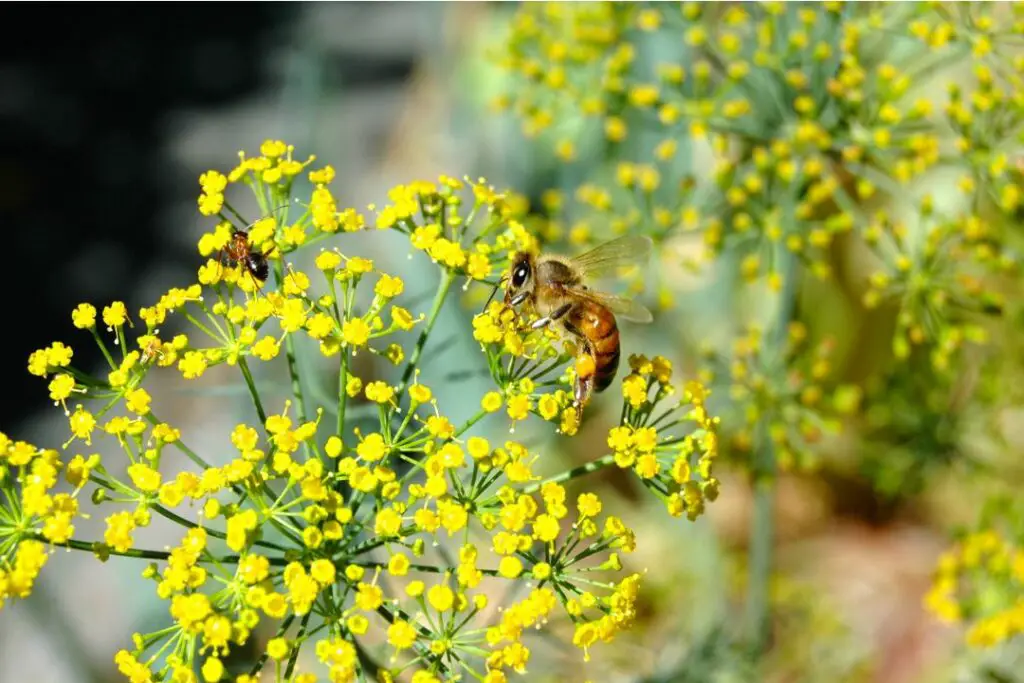
Ants and bee hives
Managed bee colonies, called hives, regularly come under attack from local ant nests.
The sugar-rich contents of honey are an irresistible draw for ants and can lead to large-scale invasions of wooden hives.
Healthy managed hives can normally fight these unwanted intruders with guard bees dispatching any ants that make it to the hive’s entrance.
Underpopulated hives or hives infested with Varroa mites are less likely to be able to defend against an ant invasion, which can lead to colony collapse, completely destroying the hive.
Ants are also known carriers of DWV or Deformed Wing Virus, which can severely affect the development of a bee’s wings and abdomens, leading to bees with no wings.
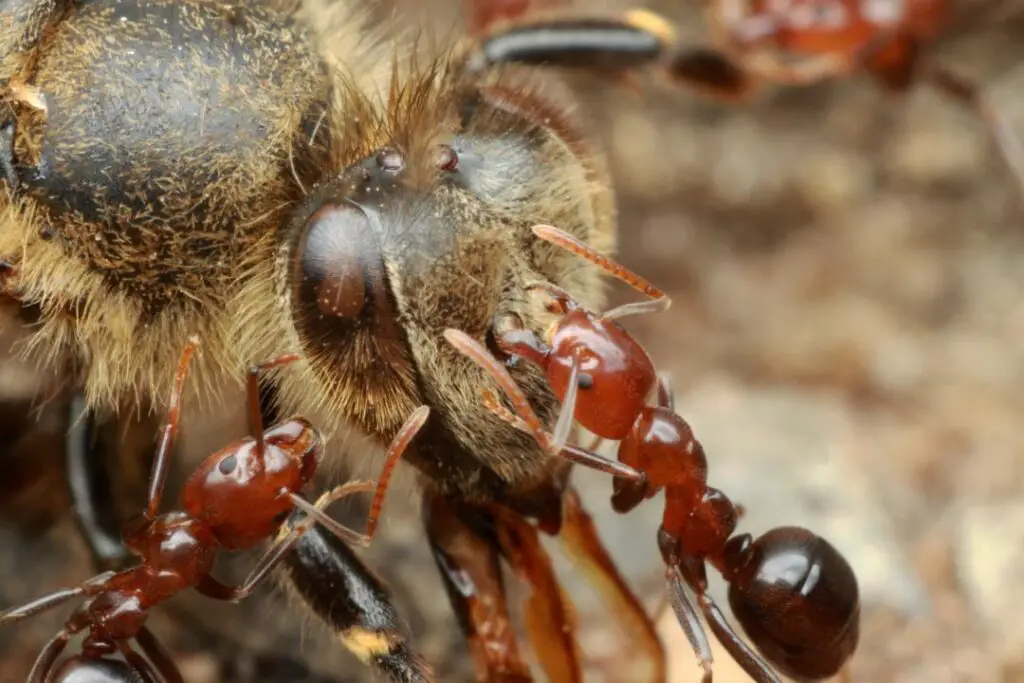
How to deal with ants in a managed hive
Ants and bees both belong to the same superfamily Apoidea. This means that traditional poisons and pest control measures will likely negatively affect your bee colony.
One interesting tactic is to take advantage of the ant’s inability to take flight for most of the year.
Placing the feet of your hive in shallow bows or troughs of water will make accessing the hive an impossible task.
The water tension of tap water is enough for small ants to walk across, so adding a small amount of oil or soap to the solution will reduce water tension and stop any ants from entering the hive.
Any ants left on the hive structure must be removed manually, but a healthy colony of bees is likely to complete this task with little to no help from external sources.
Placing ground cinnamon around the legs of your hives has also been observed to deter ants but doesn’t always seem effective.

